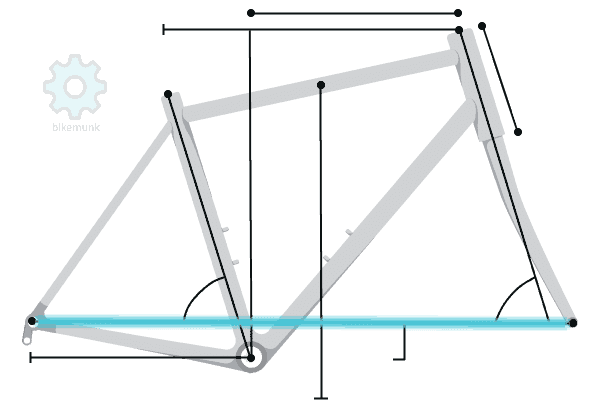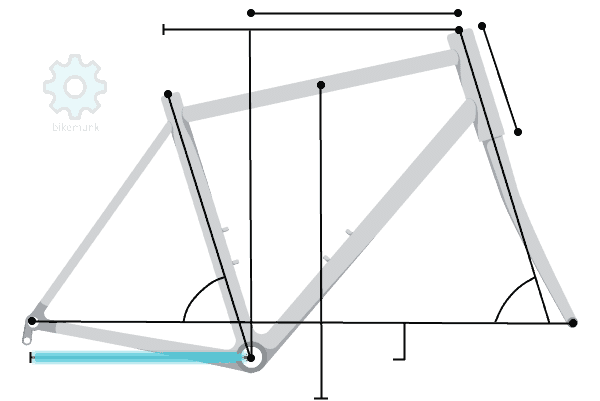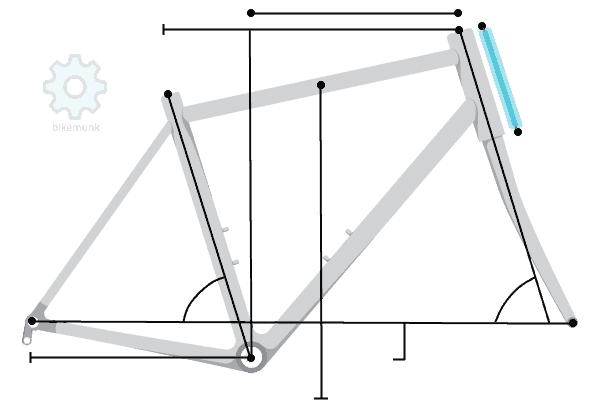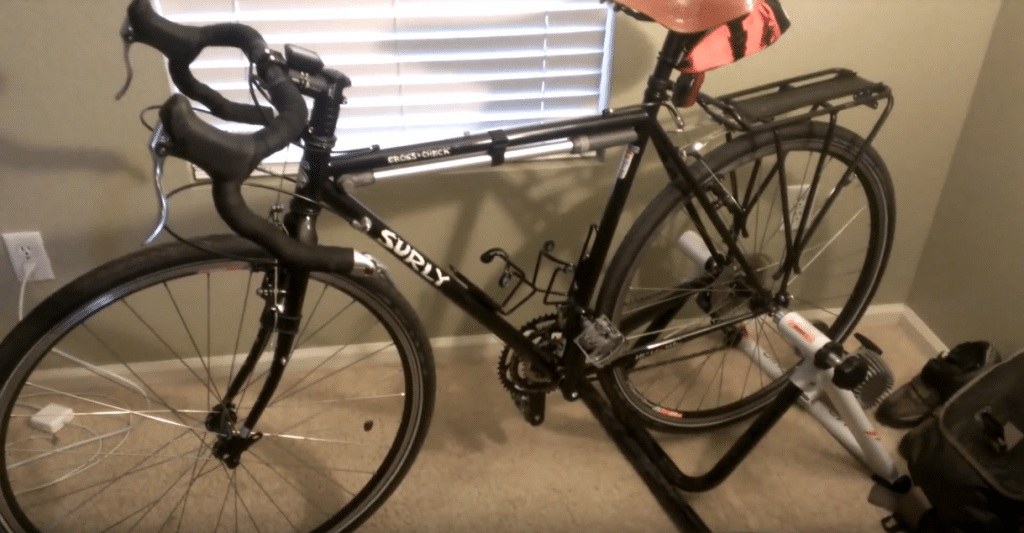The manufacturer bills the Surly Cross-Check as a cyclocross bike. But it goes beyond that definition in several ways. This steel commuter bike is versatile for users who want to have a say in all component choices while striking an excellent balance between comfort and performance. We'll compare it to other models in the line and comparable rides from different manufacturers.
What is the Surly Crosscheck Designed to Do?
The Surly Cross-Check is a cross bike made for anything. It's somewhere between a touring bike and a road model. It's suitable for bike touring and commuting with specs that make it pannier-friendly. In addition, it can handle tons of surfaces and pavement conditions, increasing its value for a mid-range road cycling steed.
Who is the Surly Cross-Check Good For?
The Surly Cross-Check will please a wide range of cyclists, from the weekday commuter to the weekend warrior. It's an excellent choice for serious riders wanting to customize their ride, whether it's the gears, chainring clearance, and everything in between. This steel commuter bike accommodates various components in various sizes, making it the ultimate choice for the user who wants to trick out their ride.
- Groupset
The Surly Cross-Check uses a Surly 4130 CroMoly steel frame with a double-butted main triangle and a Surly Cross-Check, 4130 CroMoly fork.
It has semi-horizontal dropouts so that you can customize it as a single-speed ride, or you can fit it with cantilever or linear-pull brakes, making it truly a jack-of-all-trades, or dare we say, the Swiss Army Knife of bikes.
Pros
Cons
Expert Quotes
"I do love this bike so far. The only downfall, like I said, was it's heavy, but it's sturdy." - Matt Vallejo
"This is the Surly Cross-Check, one of the most versatile bikes around with tried and tested geometry and a great spec list." - Damian Harris Cycles
How Does Surly Crosscheck Compare to Other Bikes from Surly?
If you can say one thing about Surly, it's that it has a unique take on building its brand with brusque language on its website and some of the most imaginative model names in the industry. Like the Giant Defy, Surly takes the lead in assigning bold names to their models.
There is a lot of crossover between the different bikes by their own admission, which is reflected in their geometry. Let's see how the Cross-Check fits in with its line.
Stack/Reach
There is a lot of variation in these measurements, reflecting the versatility of the manufacturer's definition of a cyclocross bike. The Long Haul Trucker makes aerodynamics the goal, whereas the Cross-Check at 538.4mm favors comfort. For the reach, the Ogre tops the list at 410.5mm for greater stability to compensate for the loss of speed, while the Cross-Check seeks a common ground at 394.8mm.
Wheelbase

The different takes on the design of a Surly bike are evident in the wheelbase length. The stability and comfort of the Ogre and Long Haul Trucker contrast with the quicker Steamroller and Pacer. The Cross-Check comes in at 1014.3mm, which falls in line with what we'd expect from a typical model of this type in the “Goldilocks” role.
It works well for pannier commuting while the Pacer does better with lighter loads, and the Long Haul Trucker the ride of choice for the cross-country tours with more gear on board or for longer rides.
Chainstay Length

The differences in the chainstays again speak to Surly's broad definition of a cyclocross bike, with the Long Haul Trucker coming in as the most user-friendly for pannier commuters. The Cross-Check holds the middle ground at 425mm, which will still give you plenty of heel clearance to make your ride more enjoyable. The difference between the extremes lies with the weight of the load you typically have onboard.
Price
Surly's line of pavement bikes varies widely in price, reflecting the different components and material choices. The Cross-Check falls on the lower end of the spectrum, which is evident in its choice of a steel frame. However, that doesn't tell the whole story since other models also use this same material, leaving components as the deciding factor in performance, weight, and maneuverability.
Component Differences
The manufacturer often strays from the typical manufacturers of components such as Shimano and SRAM, though they do appear frequently. Some models, such as the Pacer, fall back on the tried-and-true choices like the Shimano 105 FC-5750, 34/50t crankset. They tend to fall back on their own tire brand with a few exceptions, like the Long Haul Trucker with the Continental brand.
How Does Surly Crosscheck Compare to Similar Bikes on the Market?
The classification of cyclocross bikes leaves a lot of wiggle room with the geometry as each one tries to toe the line between comfort, speed, and maneuverability in different ways. Surly recognizes the variations with several options. Let's look at how other manufacturers get creative and deal with that same issue.
Stack/Reach
The Diamondback Haanjo Comp comes in at the highest stack height, which gives it a nod when it comes to aerodynamics. The Cross-Check is on the opposite end of the scale at 538.4mm, opting for comfort instead, which makes sense given the bike's purpose. For reach, it takes the other extreme, choosing stability over maneuverability at 394.8mm.
Chainstay Length

We find that all of the bikes, including the Cross-Check at 425mm, are comparable in measure. It falls right in the middle with what we would expect in a cyclocross bike to give plenty of clearance for panniers which will also appeal to cyclists who commute or tour and adds to its versatility.
Wheelbase

The wheelbase for our picks gives the necessary comfort and stability for this type of bike. The Cross-Check is no exception at 1014.3mm. However, it has reduced maneuverability at slower speeds. The only outlier is the Diamondback Haanjo Comp, which approaches a length closer to a touring bike which reflects its emphasis on comfort even if there is an impact on the liveliness of the ride.
Head Tube Length

The head tube length probably matters most in terms of comfort since it affects the upright profile of the rider. A shorter length will favor a more aerodynamic riding style (which is obvious with the 10.2cm height of the Cross-Check). The Haanjo Comp takes the opposite approach for comfort with its taller length.
Component Differences
The Cross-Check is the only bicycle in our round-up with a steel frame, whereas the others have opted for aluminum, often with carbon forks to improve vibration dampening. The other bikes favor disc brakes in contrast to the V-brakes of the Cross-Check, which has the extra burden of cutting down on its weight. The Crockett uses a mechanical disc brake system to minimize the disadvantage of maintenance and setup that comes with hydraulic versions.

